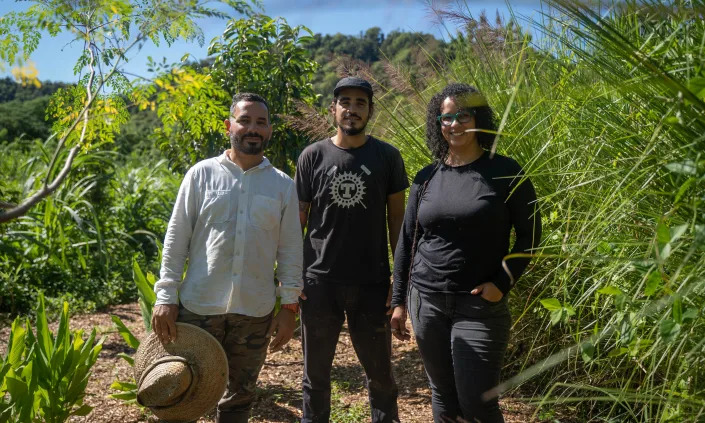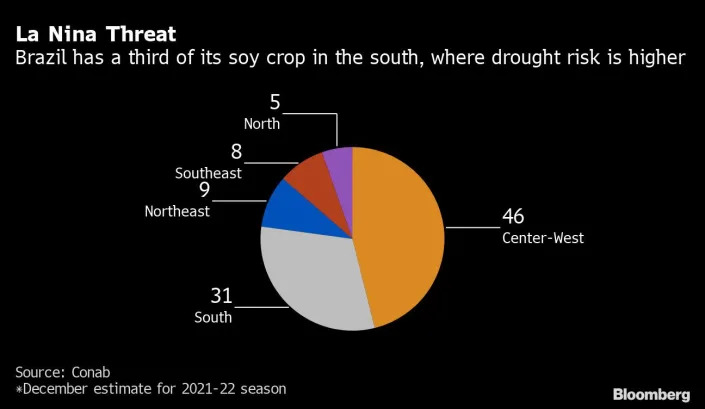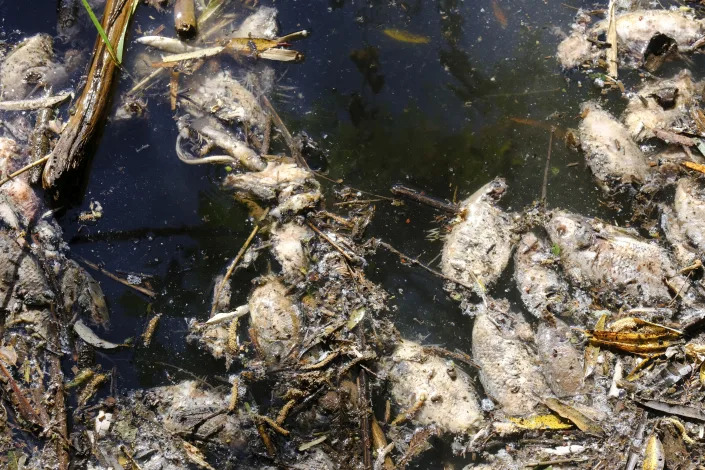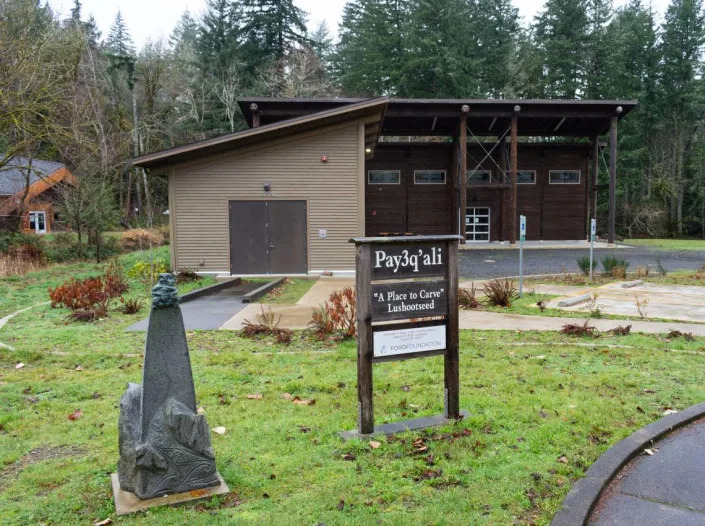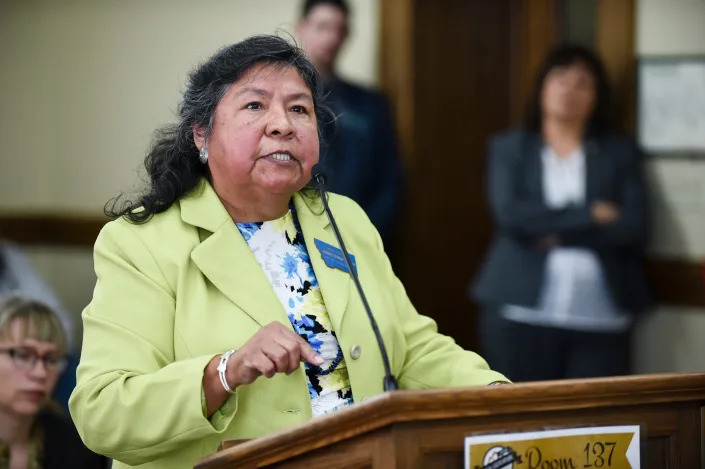Manchin's West Virginia worst in the nation for power reliability

FILE PHOTO: U.S. Senator Joe Manchin (D-WV) leaves the Senate floor after a vote at the U.S. Capitol building in Washington
Wed, December 22, 2021
By Nichola Groom and Tim McLaughlin
Dec 22 (Reuters) - U.S. Senator Joe Manchin has said one of the reasons he can't support President Joe Biden's sweeping climate and social spending bill was that its incentives for renewable energy would put the stability of the U.S. power grid at risk.
But West Virginia, the coal-reliant state Manchin represents, has the least reliable electricity in the country, according to a Reuters review of government data, and for reasons that have nothing to do with the limitations of solar and wind technology.
The average electric customer in West Virginia, a state that relied on coal-fired power plants for 88% of its power needs last year, experienced 468 minutes of outages last year, excluding major weather events, according to data from the U.S. Energy Information Administration.
That's higher than any other state and four times the national average of 116 minutes, according to the data.
The reasons for West Virginia’s power woes were not related to problems with coal-fired power plants, which are considered a reliable energy source because they can run uninterrupted regardless of sun or wind conditions, but to trouble with the state’s local power lines.
West Virginia's landscape is heavily forested, and trees falling into power lines accounted for more than half of the outages in the service territory of utility Appalachian Power, according to a company spokesperson.
Appalachian Power, a unit of American Electric Power , is West Virginia's biggest utility, serving 460,000 customers in the state.
In addition, the large numbers of customers in rural areas increases the time it takes to respond to outages, the company said.
Recent widespread blackouts in Texas and California, states with large amounts of wind and solar energy, have prompted some backers of fossil fuels to slam renewable energy as unreliable.
Manchin, a conservative Democrat, reiterated those concerns this week when he said he could not vote for Biden’s sweeping Build Back Better bill, which included $300 billion in tax credits for producers and buyers of clean energy sources like wind and solar. Manchin’s vote was critical to passing the legislation.
In a statement, he warned of "catastrophic consequences for the American people like we have seen in both Texas and California" if a transition to renewable energy happens "faster than technology or the markets will allow."
Electric customers in Texas and California last year saw 132 minutes and 107 minutes of outages, respectively, according to the EIA data, both far below the duration of outages seen in West Virginia.
Manchin did not immediately respond to a Reuters request for comment.
The Texas blackouts also had little to do with the state’s renewable energy sources, according to regulators. Rather, its fleet of natural gas-powered generators proved unreliable as equipment froze and supplies of fuel seized up.
California’s blackout, meanwhile, was caused mainly by poor planning for extreme heat and the state’s inability to import power from the surrounding region due to high demand.
Both Appalachian Power and Mon Power, a unit of FirstEnergy , said reliability challenges in West Virginia were related entirely to the state's distribution system rather than generation sources.
West Virginia utility regulators earlier this year ordered the state's four investor-owned utilities to improve their reliability targets by 5%. In its order, the Public Service Commission said some companies had seen little to no reliability improvement over the previous eight years.
The commission did not immediately respond to a request for comment. (Reporting by Nichola Groom in Los Angeles and Tim McLaughlin in Boston; Editing by Richard Valdmanis and Aurora Ellis)










